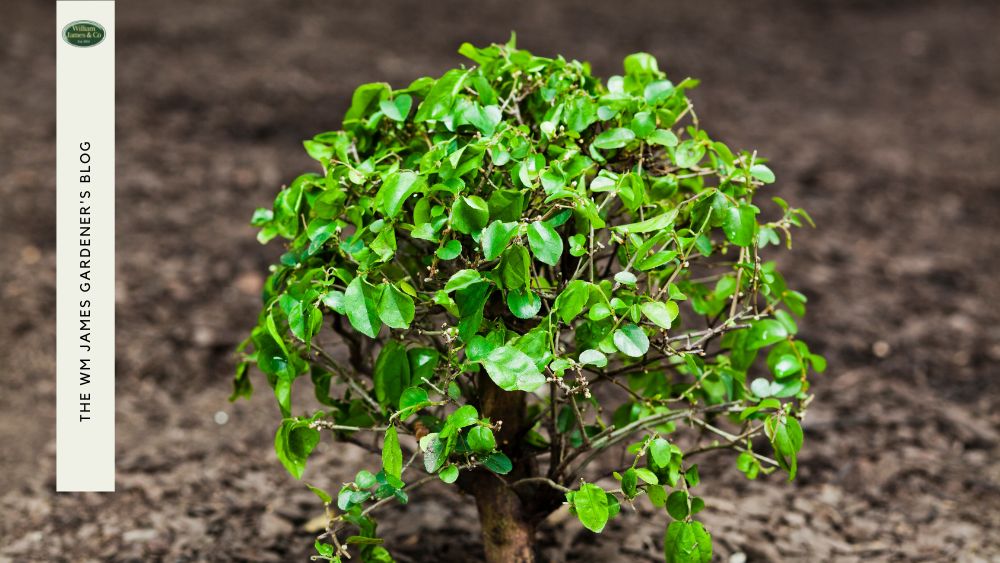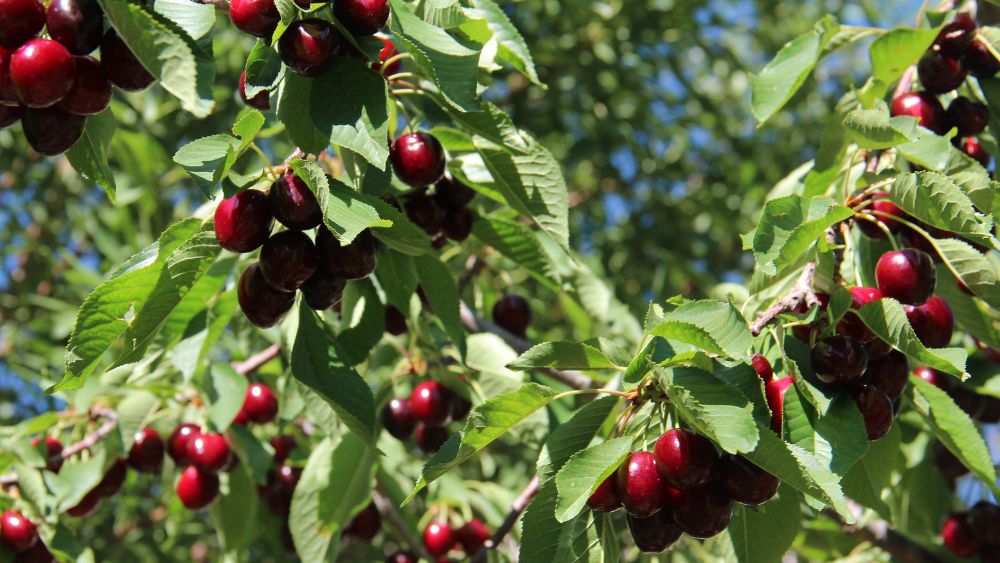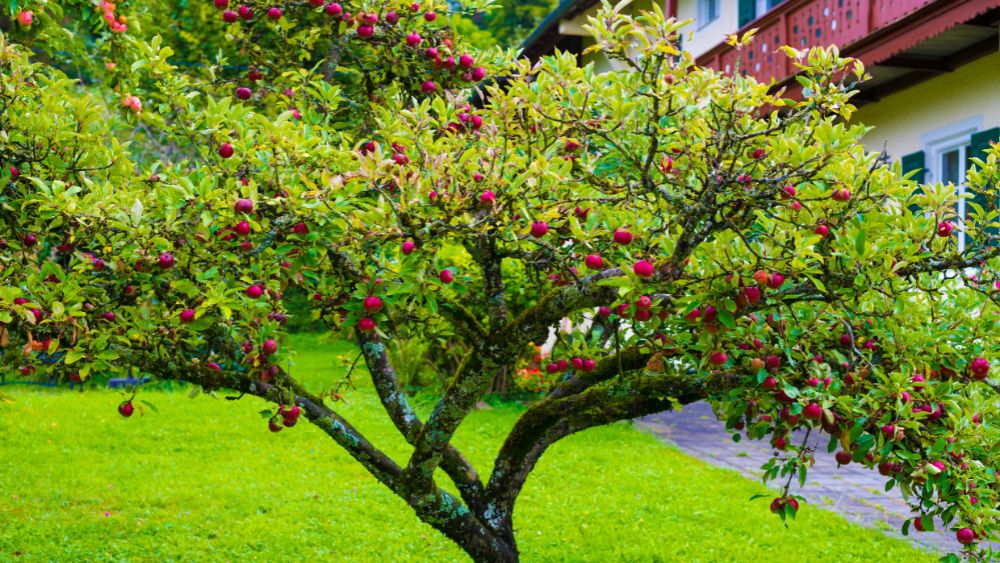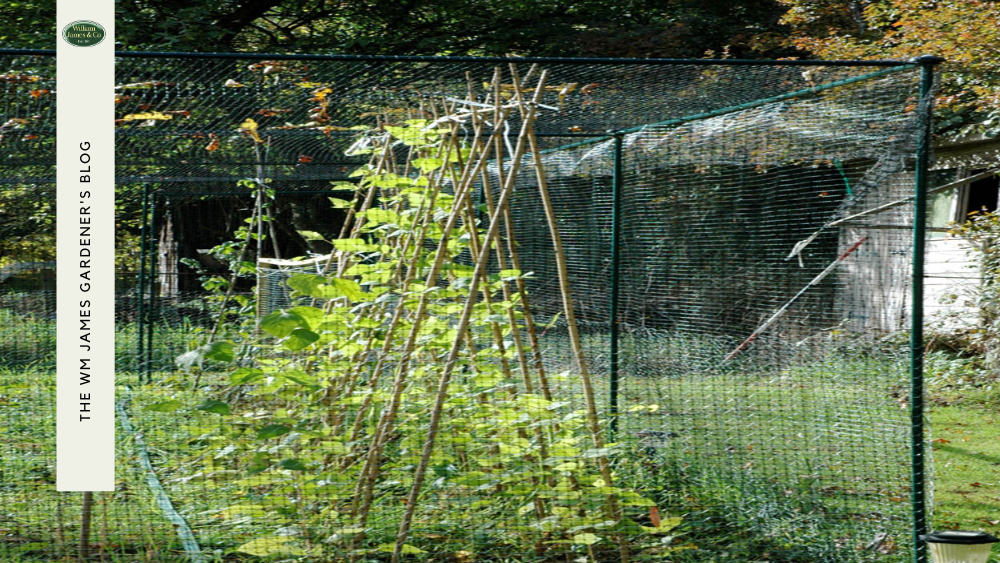We use cookies to make your experience better. To comply with the new e-Privacy directive, we need to ask for your consent to set the cookies. Learn more.
Stepover Fruit Trees: The Perfect Way To Get More From Your Garden
- Admin
- WM James Gardening Blog
- 6 Nov 2022
-
43views

Perfect for small spaces, stepover fruit trees is a low-growing tree that you can literally 'step over'. They look great alongside a path or bed.
It can be difficult to come up with new and creative ways to improve your garden. You may feel like you've tried everything, but there are always new ideas out there. If you're looking for something different, why not try stepover fruit trees?
These unique trees can add a touch of elegance to any garden, and they're perfect for small spaces. Plus, they offer a variety of benefits that other trees simply can't match. If you're looking for a new way to improve your garden, stepover fruit trees are definitely worth considering.
What are stepover fruit trees?
A stepover fruit tree is a dwarf tree that is specially bred to stay small. As the name suggests, these trees are typically only a few feet tall, making them ideal for use in tight spaces. While stepover fruit trees are often used as ornamental plants, they can also produce edible fruit.
The fruits of a stepover tree are typically smaller than those of a standard fruit tree, but they can still be delicious. In addition, these fruit trees are relatively easy to care for, and they are often more disease-resistant than their larger counterparts
Stepover fruit trees can be used to create an attractive border around a garden bed or walkway. They can also be planted in pots and containers, making them perfect for small gardens and patios. Plus, since stepover fruit trees stay small, they can be easily pruned to create an interesting topiary.

Stepover fruit tree varieties
There are a variety of stepover fruit tree varieties available, so you can choose the perfect tree for your garden. Some of the most popular varieties include:
- Apples
- Cherries
- Peaches
- Pears
- Plums
Depending on the variety of trees you choose, make sure to plant them at the correct time of year. Apples, for example, should be planted in late winter or early spring, and plums should be planted in early spring.
How do you train stepover fruit trees?
Stepover fruit trees are a great solution for gardeners with limited garden space because they take up very little room and can be trained to grow along a fence or wall. In addition, stepover fruit trees are relatively easy to care for, and with a little patience, you can enjoy a bountiful harvest of delicious fruits.
To train stepover fruit trees, start by planting them in well-drained soil and full sun. Once they are established, prune the main trunk to encourage lateral growth.
Then, train the lateral branches along a wire or trellis. Be sure to monitor the fruits carefully, as stepover fruit trees are particularly susceptible to damage from pests and diseases. In the summer months, make sure to prune any lateral branches that are growing too long.
When your stepover fruit tree has reached the length you desire, cut back the tips of the lateral branches to encourage fruit production. Once the fruits have ripened, harvest them and enjoy!

Looking after your stepover fruit tree
To keep your stepover fruit tree healthy and productive, it's important to give it the proper care.
Here are a few tips to keep in mind:
- Water regularly during dry periods, and fertilize with a high-quality fertilizer in early spring.
- Mulch around the base of the tree to help retain moisture and suppress weeds.
- Prune regularly to encourage fruit production and to keep the tree shape.
- Monitor for pests and diseases, and treat them accordingly.
You could even consider using garden netting to protect your fruits from birds and other animals. Be sure to use a mesh that is small enough to prevent birds from getting through but large enough for pollinating insects.
Here at William James, we supply fruit tree netting that has been designed with the intention of protecting your fruit tree whilst also allowing it to grow healthily.
Garden designs using stepover fruit trees
If you're looking for a new way to improve your garden, stepover fruit trees are definitely worth considering. These versatile and easy-to-grow trees can be used in a variety of ways to create an attractive and productive garden.
One popular design is to plant a row of stepover fruit trees along the edge of a garden bed. This can create a lovely border that's both practical and aesthetically pleasing.
Another design is to use stepover fruit trees as part of an espalier. This is a technique where the tree is trained to grow flat against a wall or fence. Espaliers are great for small gardens because they take up very little space.
Finally, stepover fruit trees can also be planted in pots and containers. This is a great option if you have a small garden or patio. Plus, it's easy to move the pots around so you can enjoy the fruits of your tree wherever you like.

Final thoughts: spruce up your garden with stepover fruit trees
Stepover fruit trees are a versatile and easy-to-grow option for gardeners with limited space. With a little care, these trees will produce delicious fruits for many years to come. Whether you use them to create a border, an espalier, or just a potted plant on your patio, stepover fruit trees are a great way to add beauty and function to your garden.
FAQs
What is a stepover fruit tree?
A stepover fruit tree is a small or dwarf fruit tree that is trained to grow along a fence or wall. These trees are relatively easy to care for and can produce a bountiful harvest of delicious fruits.
How do you prune a stepover fruit tree?
To prune a stepover fruit tree, start by pruning the main trunk to encourage lateral growth. Then, train the lateral branches along a wire or trellis. In the summer months, make sure to prune any lateral branches that are growing too long.
What month do you prune apple trees?
The best time to prune apple trees is in late winter or early spring before the tree starts to produce new growth.
What tools are good for pruning fruit trees?
For pruning fruit trees, you will need a sharp pair of pruning shears. A saw may also be necessary for larger branches.











